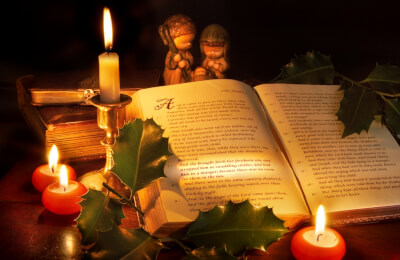 195₪
195₪
 195₪
195₪
We also found excursions from other cities that are close to your departure city
Other excursions that also deserve your attention
to Jaffa Gate
Jaffa Gate is one of the most significant and historic entry points into the Old City of Jerusalem. Known in Hebrew as Sha'ar Yafo and in Arabic as Bab al-Khalil, it stands as a testament to the ancient city’s rich and tumultuous history. The gate, built by the Ottoman Sultan Suleiman the Magnificent in 1538, has served as a silent witness to crusades, conquests, and the daily ebb and flow of merchants and pilgrims for centuries.
Architectural Significance of Jaffa Gate
Jaffa Gate is unique among the gates of the Old City. Its angular entryway was strategically designed to slow down incoming traffic, which included potential attackers during times of conflict. The gate's distinct L-shaped entrance corridor forces visitors to make a sharp right turn upon entering, a defensive feature common in Middle Eastern fortifications. The architecture of Jaffa Gate is a blend of the medieval and the Ottoman styles, featuring robust stones and a grandiose entry that points towards Jaffa Road, one of the longest and oldest streets in Jerusalem, which leads directly to the port city of Jaffa (modern-day Tel Aviv). The gate’s design is completed with crenelated battlements and a slot above the entrance, where the portcullis once was, used to protect the city from invaders.
The Historical Context of Jaffa Gate
Throughout history, Jaffa Gate has been a focal point for the region’s geopolitics. It was through this gate that General Allenby entered Jerusalem in 1917, signifying the defeat of the Ottoman Empire and the beginning of British control over the city. The gate has also been central in various religious processions, most notably for Christian pilgrims making their way to the Holy Sepulchre.
Cultural Impact of Jaffa Gate
As a crossroads of cultures and a gateway between the old and new city, Jaffa Gate has been a gathering place for locals and travelers alike. It has been a place where cultures coalesce, a melting pot where Muslim, Jewish, Christian, and Armenian quarters meet. The gate has seen Jerusalem's transformation over the years, from a remote biblical town to a modern city revered by three major world religions.
Renovations and Restorations
Jaffa Gate, like many historic structures, has undergone several restorations. The most significant of these took place after the Six-Day War in 1967, when the gate and the adjoining walls were meticulously restored under the supervision of the Israeli Antiquities Authority. This restoration ensured that the gate remained true to its original Ottoman design.
The Clock Tower at Jaffa Gate
An interesting fact about Jaffa Gate is that it once had a clock tower, built by the Ottoman authorities in 1908 to celebrate the reign of Sultan Abdul Hamid II. The clock tower was short-lived, however, as the British removed it during their mandate over Palestine in the 1920s to restore the city’s medieval character.
Modern-Day Jaffa Gate
Today, Jaffa Gate is more than just an entrance to the past; it is also a thriving hub of modern-day Jerusalem. It is surrounded by markets, shops, and cafes that blend the traditional with the contemporary. Tourists and locals alike can enjoy local cuisine, purchase souvenirs, or simply soak in the ambience of this historic site.
Events at Jaffa Gate
Jaffa Gate has served as a venue for various cultural and political events throughout the years. It has been the stage for concerts, parades, and even protests. The gate's spacious plaza has enough room to accommodate thousands, making it an ideal location for public gatherings.
Challenges and Preservation Efforts
The constant foot traffic and urban development pose a threat to the structural integrity of Jaffa Gate. Preservationists and conservation efforts have been vital in maintaining the site’s physical and cultural heritage. There is a continuous effort to balance the needs of a living city with the importance of preserving its historical monuments.
Guide for Visitors
For travelers planning to visit Jaffa Gate, it is recommended to explore the gate as part of a guided tour to fully appreciate its history and significance. Guides can provide a deeper understanding of the stories and legends that surround this ancient portal.
Role in Interfaith Dialogue
Jaffa Gate's location at the intersection of diverse religious quarters makes it a symbolic site for interfaith dialogue and understanding. It has often been a starting point for initiatives aimed at bridging differences between faith communities in Jerusalem.
Jaffa Gate in Literature and Art
Jaffa Gate has been immortalized in literature, paintings, and photographs. It serves as a muse for artists inspired by its grandeur and as a literary motif for writers captivated by its historical resonance.
Conclusion
Jaffa Gate is not just an architectural wonder but also a living monument to Jerusalem's complex and layered history. It embodies the spirit of a city that has been, and continues to be, at the crossroads of history. As a place where the past and present coexist, Jaffa Gate is a must-visit for anyone looking to understand the essence of Jerusalem, offering an unparalleled blend of historical insight and cultural experience.


